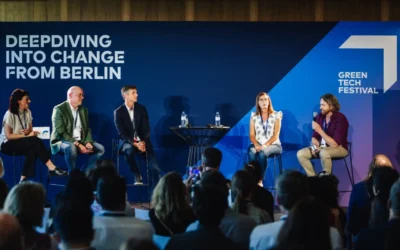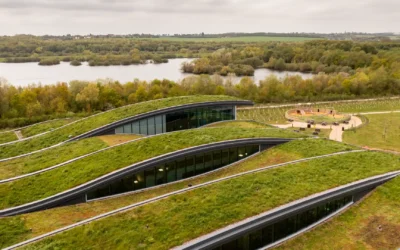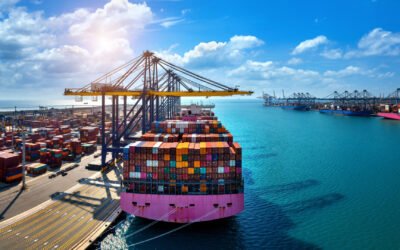• Baltic Sea ports are showing strong affinity towards the deployment of shore power infrastructure.
• Currently, more than 90 shore power facilities are available at the major ports of the Baltic Sea region.
• Ports as well as cruise line owners are pushing to curtail the emissions caused by vessels calling at the ports in the Baltic Sea region.
Baltic Sea ports are showing strong affinity towards the deployment of shore power infrastructure, which is in line with targets, set under several regional programs, that aim at decarbonizing maritime operations in the region. The Baltic Sea has an accumulative area of 149,000 sq miles, connecting the coastal lines of Denmark, Sweden, Finland, Russia, Estonia, Latvia, Lithuania, Poland, and Germany. The region, therefore, boasts major European cruise ports, including the ports of Stockholm, Rostock, Gothenburg, and Visby.
Currently, more than 90 shore power facilities are available at the major ports of the Baltic Sea region, with highest number of installed facilities in Sweden, followed by Germany and Finland.
Key Programs and Activities in the Baltic Shore Power Market
Ports in the Baltic Sea Region have shown a strong tilt towards making their maritime operations carbon neutral by 2030. In this vein, a number of regional programs have been launched to promote the use of alternative fuel technologies, mostly onshore power supply, in accordance with targets set by the EU Green Deal, including:
1. EU strategy for the Baltic Sea Region (EUSBSR)
2. HELCOM Baltic Sea Regional Plan
3. Clean Baltic Sea Shipping program
4. Interreg Baltic Sea Region (Green Cruise Port Action Plan)
Ports as well as cruise line owners are pushing to curtail the emissions caused by vessels calling at the ports in the Baltic Sea region. Key activities in the Baltic shore power market are:
1. The TEN-T Core Network marine ports of Aarhus (Denmark), Copenhagen (Denmark), Stockholm (Sweden), and Helsinki (Finland) have made air quality a major priority on their environmental agendas in the pursuit of a low-emission transportation system. Creating environmentally sustainable ports by installing onshore power supplies to serve ROPAX and passenger vessels by 2024 is one step in addressing this issue.
2. The Port of Kapellskär intends to install shore electricity for vessels as part of the port’s expansion of terminals, to accommodate an increase in the number of passenger ships arriving at the port. Funding will also be provided by the Interreg Baltic Sea Region.
3. Hamburg is planning to be the first port in Europe to provide shore power supply to large container ships at Burchardkai, Europakai and Predohlkai terminals along with all cruise terminals. At each cruise terminal in HafenCity (CC1) and Steinwerder (CC3), one shore side power plant will be constructed. The shore side power plant will be built under the Hamburg Port Authority; the German Ministry of Economics and Energy will provide USD 47 Million from the Energy and Climate fund to build the plant, which is expected to cost around USD 83 Million.
4. CruiseCopenhagen, a major Danish shipping firm, has set goals to promote environmentally friendly practices in the cruise industry. Its 2024 strategy is set to pave the way for sustainable and environmentally friendly tourism in Denmark, in accordance with the United Nations Sustainable Development Goals. By 2024, the strategy calls for the deployment of onshore power supply for cruise ships in popular Danish cruise destinations as Copenhagen, Aarhus, Skagen, Helsingor, and Roenne.
5. One of the largest shipping firms, Stena Line, set a goal to have 80% of its fleet use shore power in the Baltic Sea region by 2020, ensuring the ecosystem’s sustainability. These targets were not met by Stena Line as out of 36 vessels in Stena Line’s fleet only 14 were equipped with shore power systems. Stena Line has been actively involved in the development or use of shore power facilities at the ports of Kiel, Gothenburg, Oslo, and Trelleborg in this context. By 2022, Stena Line and the Southampton Port Authority will collaborate to create the world’s largest shore power station at Värtahamnen port, as well as a pair of shore power facilities at the cruise terminal.
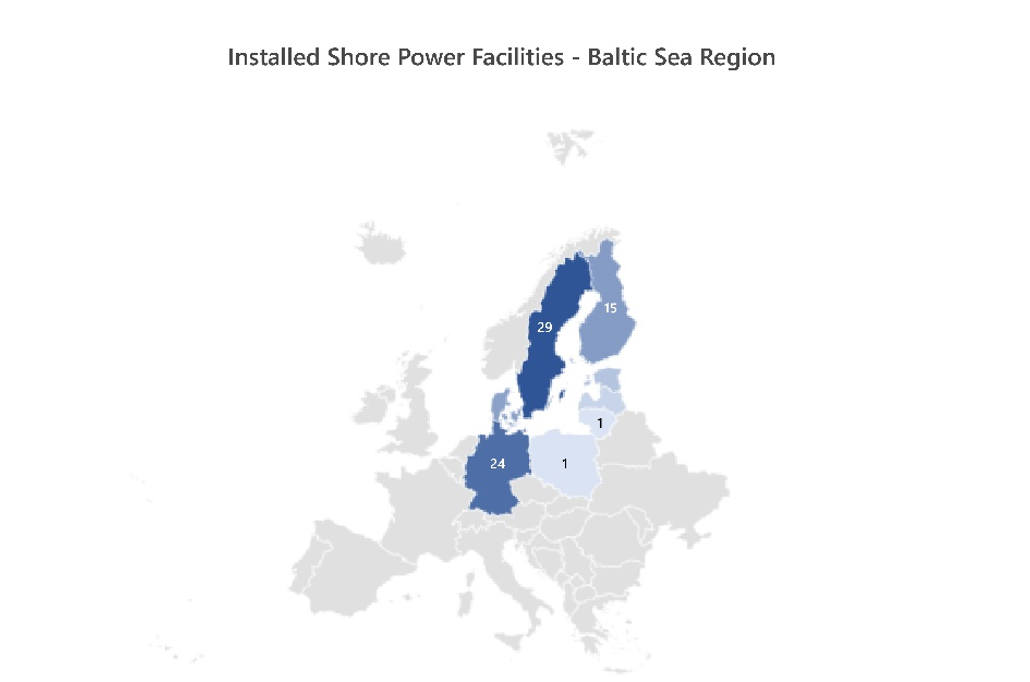
Source: Power Technology Research
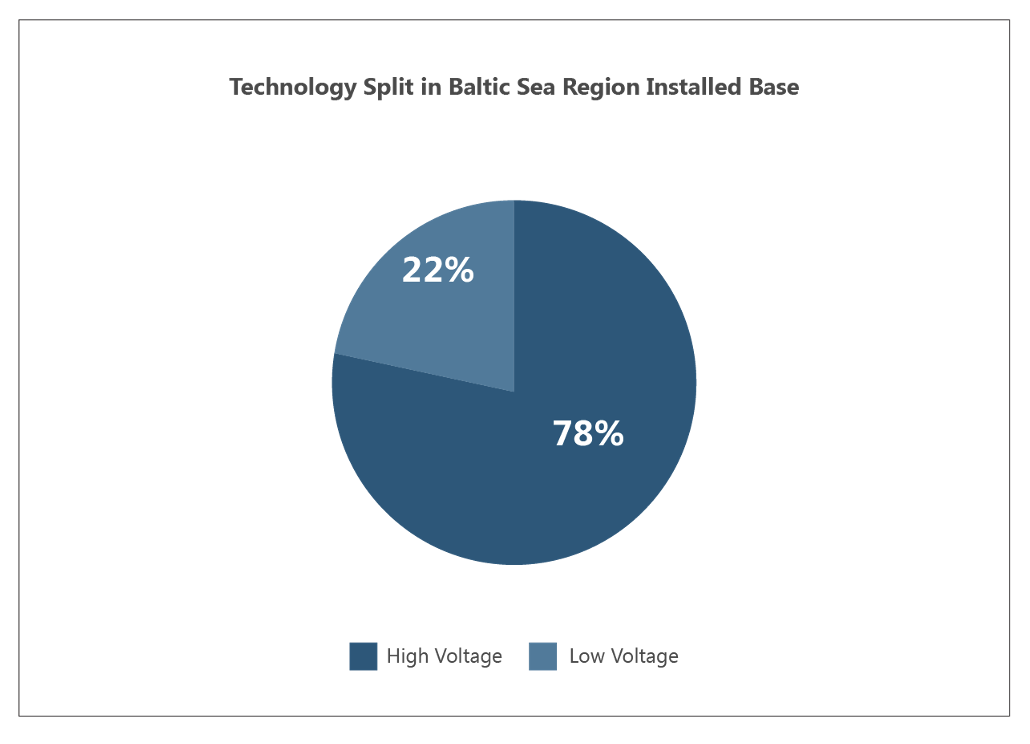
Figure 2: Technology split in Baltic Sea region in terms of installed base.
Source: Power Technology Research
Looking Ahead
The Baltic Sea region is a major potential future shore power market in Europe. The Baltic Sea ports are actively investing in providing shore power facilities to all kinds of vessels, in order to meet the requirements, set by the EU commission, by 2030. The regional plans have laid down a strong base of shore power infrastructure in the Baltic Region. Along with the ports, shipping owners are also working in hands to deploy shore power facilities. It is anticipated that by 2025, dozens of new high voltage shore power facilities will be online to facilitate cruise and container vessels at the major Baltic ports. The main bottle neck in this region will be to meet the electricity requirements of large vessels, such as cruise ships, which demand electric power equivalent to the amount required by a small town. Therefore, the authorities, including port owners, municipalities, and utilities, must upgrade the grid infrastructure at major port sites.
Shore to Ship Service Overview
The research presented in this article is from PTR's Shore to Ship service. For information about this service please submit a request shown below.
Contact Sales:
Europe
+49-89-12250950
Americas
+1 408-604-0522
Japan
+81-80-7808-1378
GCC/Rest of APAC
+971-58-1602441
More about our:
Shore to Ship Market Research
Recent Insights
Sustainability Across Sectors: Highlights from GreenTech Festival 2024
Recently, I had the privilege to attend and present at the Greentech Festival, an excellent event in the realm of sustainability. This influential...
US and EU Strategies in Smart Buildings
Download Service Overview The EU and USA aim to decarbonize their building sectors to meet emission reduction targets. Initiatives like the Home...
Unveiling the Transformative Journey of Port Electrification
OPS installation is on the rise globally as countries prioritize their environmental objectives and seek to minimize the ecological impact of...
